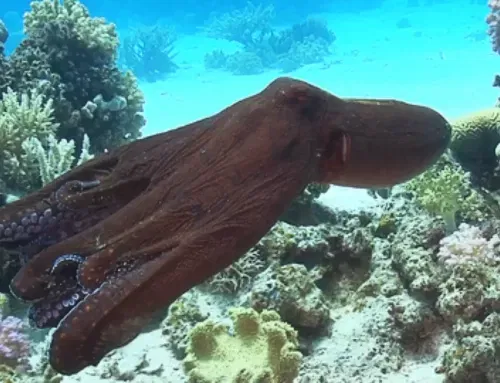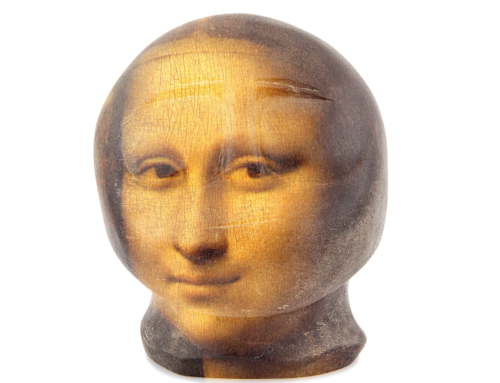While some might insist that science is strictly factual, I think most would agree that speculation links discrete scientific data – facts – resulting in a narrative that becomes modified with additional data and knowledge. Speculation is not factual. In that sense, I view science as partly fact and partly story, and propose that reality (science, non-fiction) and fiction (storytelling, imagination) crosstalk in numerous ways.
In a previous blog I argued that science has a narrative, storytelling quality. I wrote, “Assuming the facts underlying scientific articles or nonfiction are correct, the ensuing hypotheses and narratives result by imaginatively filling in the cracks of ignorance between the facts as an attempt to create a seamless and believable story, a process similar to providing continuity and consistency in writing of any sort.”
Imaginative narratives can and has foreshadowed scientific truths. Jonah Lehrer points out in a series of remarkable essays, Proust is a Neuroscientist, how artists – painters, composers, writers – have imaginatively created works that neuroscience can explain at a later date. 2001: A Space Odyssey, Stanley Kubrick’s 1968 classic movie predicting the computer age, provides another example of fiction foreshadowing science. The alternative is also true: science commonly provides a platform for stories, most notably science fiction literature and movies. There is a reason that the cliché – to think “outside the box” – has merit. Stepping outside conventional limits of what’s established often leads to novelty in science and art of all types.
Context and expression – style if you will – can also add different truths to any story. Style can enlarge the concept of what is considered fact. Think of painting. The same image can be expressed by realism or impressionism or abstraction. The differences are style of expression, not subject matter. Content accounts for only part of any creative expression, and this includes science. Different technologies reveal different “truths.” Galileo directing his telescope to the Heavens is one well-known example I brought up in a recent blog and in my novel, Jellyfish Have Eyes, of technology changing beliefs considered factual at the time to scientific truths.
Harder for me to understand, and my main point of the present blog, is why fiction is often criticized for not seeming real, or why imagination requires a dose of reality to be accepted. I was surprised when critiques of my short stories included, “that couldn’t have happened,” or “that’s not believable,” or “that’s too coincidental,” even if the story was taken largely from events that did happen, and coincidences that did occur! Why would an event in fiction not be accepted as part of a work of fiction? It’s all supposedly made up. What makes a fictional fact believable within a story?
Robert Bausch provided an answer that made sense to me. In real life, he said, we accept that every occurrence has a cause, even if that cause is muddled and unclear at the moment. The cause exists; it just needs to be found. Although fiction is not reality – it’s imagined – for any event to be believable it also needs a cause that is found in the story, as in life. There must be consistency within the narrative. Fictional events must be “earned” by causes or internal consistency in order to be persuasive. A cause that exists solely in the author’s mind cannot be used to salvage a dilemma or twist the plot in a novel or short story. An event without a cause in fiction defies credibility and is “cheating,” just as scientific data cannot be fabricated to satisfy a scientific hypothesis.
In fiction, events need to be earned; in science, events need to be revealed.
Literary criticism and scientific skepticism both lean on internal consistency and some connection, even if tenuous as in science fiction or fantasy, with previous experience to succeed.






Leave A Comment